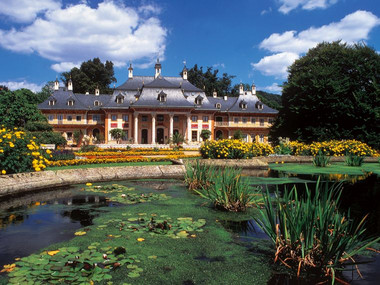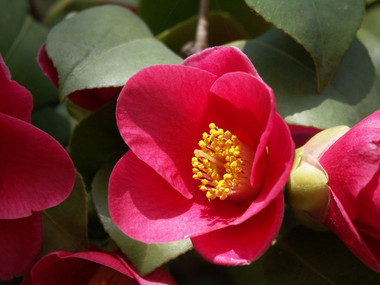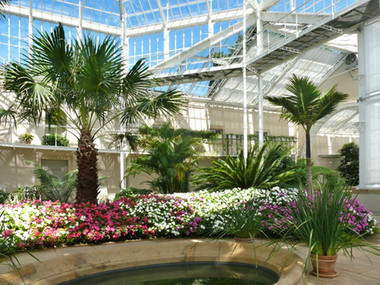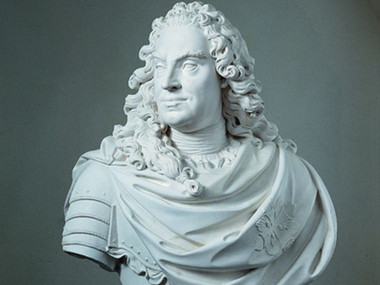Nonchalance and Floral Magic
Augustus the Strong bought Pillnitz Palace for Countess Cosel. After his mistress had been banished to Stolpen Castle, the prince elector had the Hillside and Riverside Palace built according to Poeppelmann’s plans. This is where Saxon rulers resided in summer, given its picturesque location in the Elbe Valley with its vineyards. With an intriguing combination of baroque and oriental architecture, Pillnitz Palace and Park is a prime example of chinoiserie. Visitors can take a pleasant stroll in the English, Dutch and Chinese Garden. They can also admire a whole range of exotic plants in the Palm House, where a 250-year-old camellia is kept in a greenhouse in the winter months. All three palaces open their doors in summer, when visitors can discover the Museum of Decorative Arts and the Palace Museum with its Royal Kitchen, Domed Hall and chapel. In winter, the Dresden Christmas Garden is the perfect place for a Christmas trip.

Three Palaces – Two Museums
The palace ensemble in its extraordinary chinoise design is structured by three palaces: the New Palace houses the Palace Museum today, whereas the Riverside and Hillside Palaces accommodate the Museum of Decorative Arts.



